



Ama Dablam Expedition is one of the most famous ongoing Expedition. Situated in the Khumbu Himal en route to Everest Base Camp, Ama Dablam (6,812m) is regarded as one of the most beautiful mountains in the Himalaya. In Sherpa dialect, the name ‘Ama Dablam’ means “Mother’s necklace”, reflecting the distinct shape of the mountain: the long, graceful sweep of the ridges on each side stretching out like the arms of a mother (ama) protecting her child. And the hanging glacier below the summit forming the Dablam, the traditional double-pendant containing pictures of the gods, worn by Sherpa women.
The approach to Ama Dablam Expedition offers climbers fantastic views and a wonderful base camp in a meadow with a stream. From the Base Camp, you can clearly see Lhotse, Lhotse Shar, Makalu, Cho-Oyu & Everest . Close views of Nuptse, Baruntse & Pumori can be enjoyed from the summit.
Normally the climb is completed in less than 4 weeks but we do add an extra few days to allow for unexpected bad weather.
Expedition Himalaya has one of the most experienced teams of mountaineering guides in Nepal. We have both international and local Sherpa guides who have guided several climbers to the summit and back. We will handle all the logistics (permits, domestic flights. entrance fees, accommodation, etc.) while you are in the mountain. You can expect a safe and hassle-free adventure with Expedition Himalaya.

If you have climbed a mountain (above 6000 meters) or two and have done some rock climbing, you will have no problem getting on top of this beautiful mountain. AmaDablam is a technical mountain involving steep ascents on rock, snow, and ice. Although its elevation is just 6812 meters, the route to the summit is tough and challenging. Low levels of oxygen make the climb more difficult.
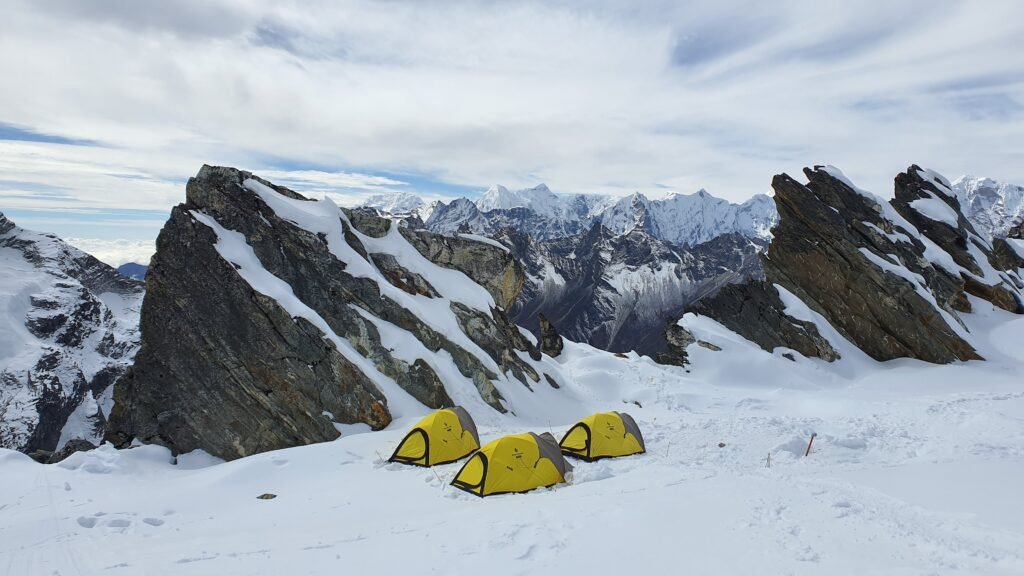
Climb, hike or walk in a high-altitude environment carrying a heavy backpack. Include strength-building and endurance exercises in your daily fitness regimen. Practice rock or wall climbing. Take care of your diet and prepare yourself mentally.








































Preparing for a challenging expedition requires assembling a comprehensive array of essential gear, encompassing a durable backpack, weather-resistant tent, cozy sleeping bag with an insulated sleeping pad, and a reliable stove for cooking sustenance on the go; navigation tools like a map, compass, and GPS device ensure a safe journey, while a well-stocked first aid kit, emergency shelter, and multi-tool provide security in unforeseen circumstances; carefully chosen clothing layers, including waterproof rain jackets, trekking socks, and sturdy hiking boots, offer protection from the elements, complemented by trekking poles, a backpack rain cover, and dry bags for added resilience against inclement weather.
CLICK THE PICTURE FOR MORE INFORMATION

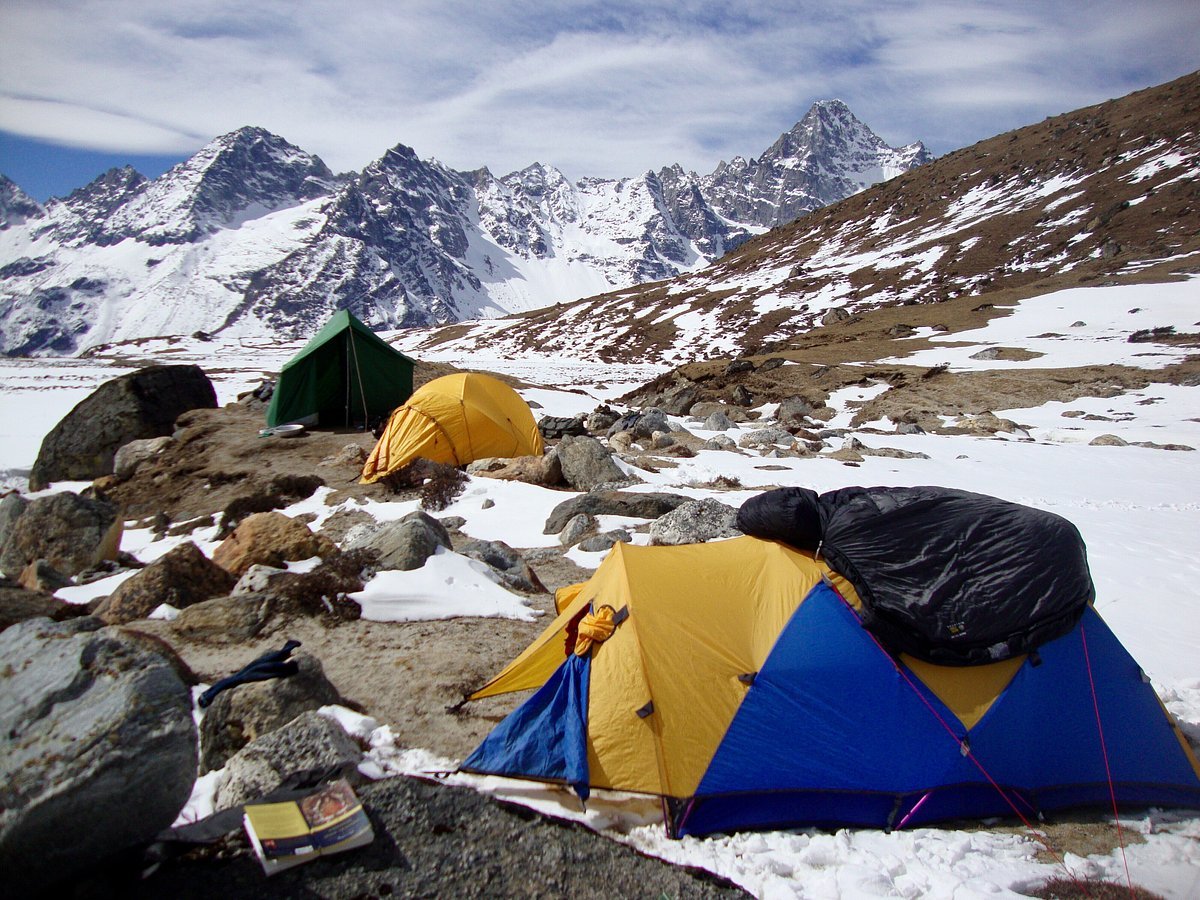
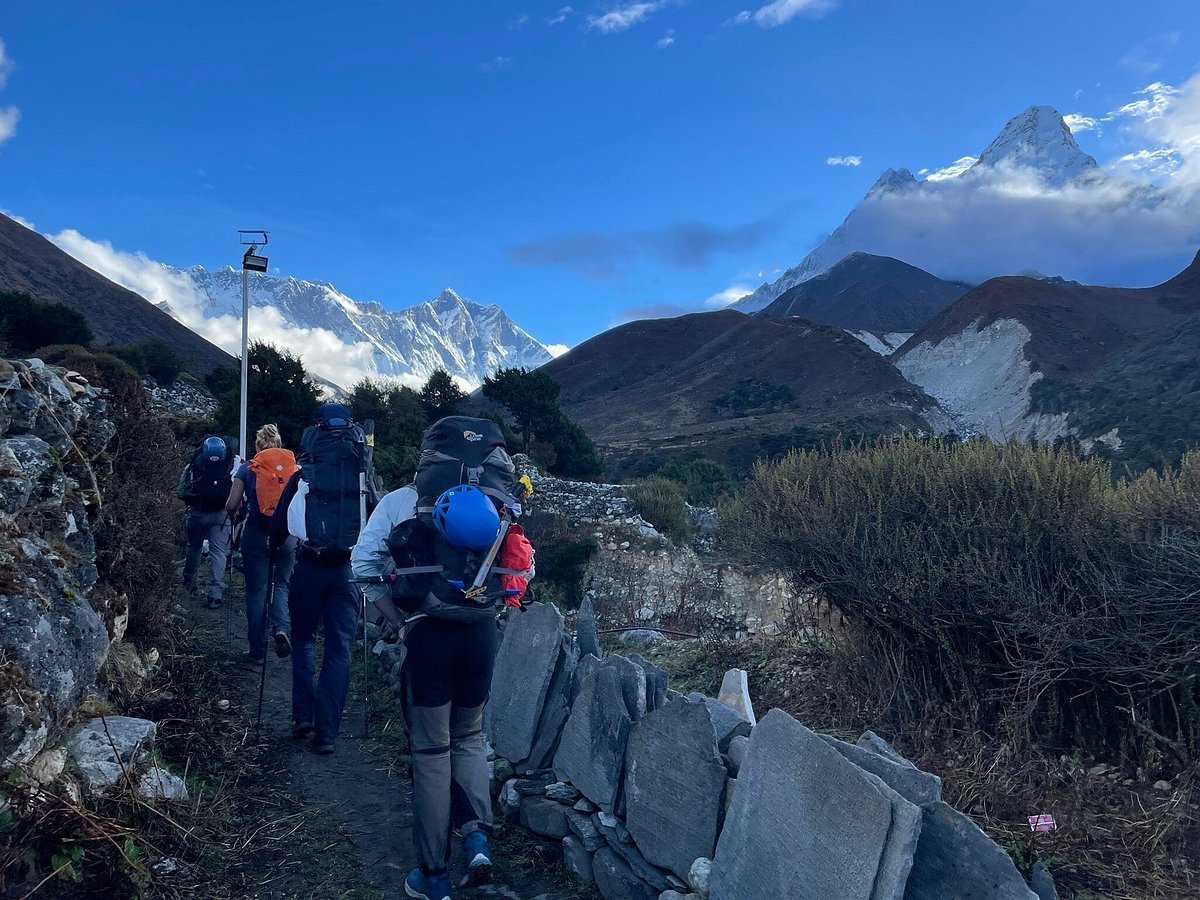
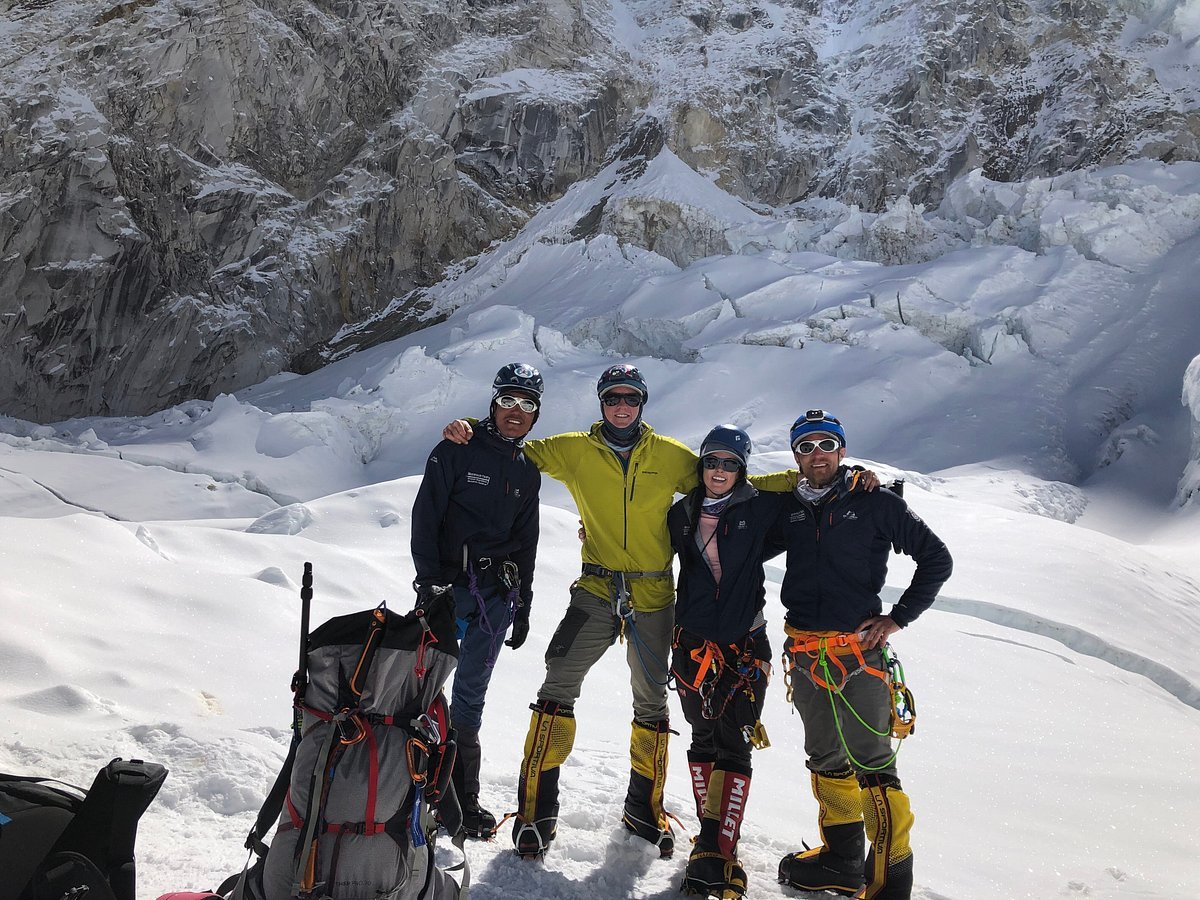
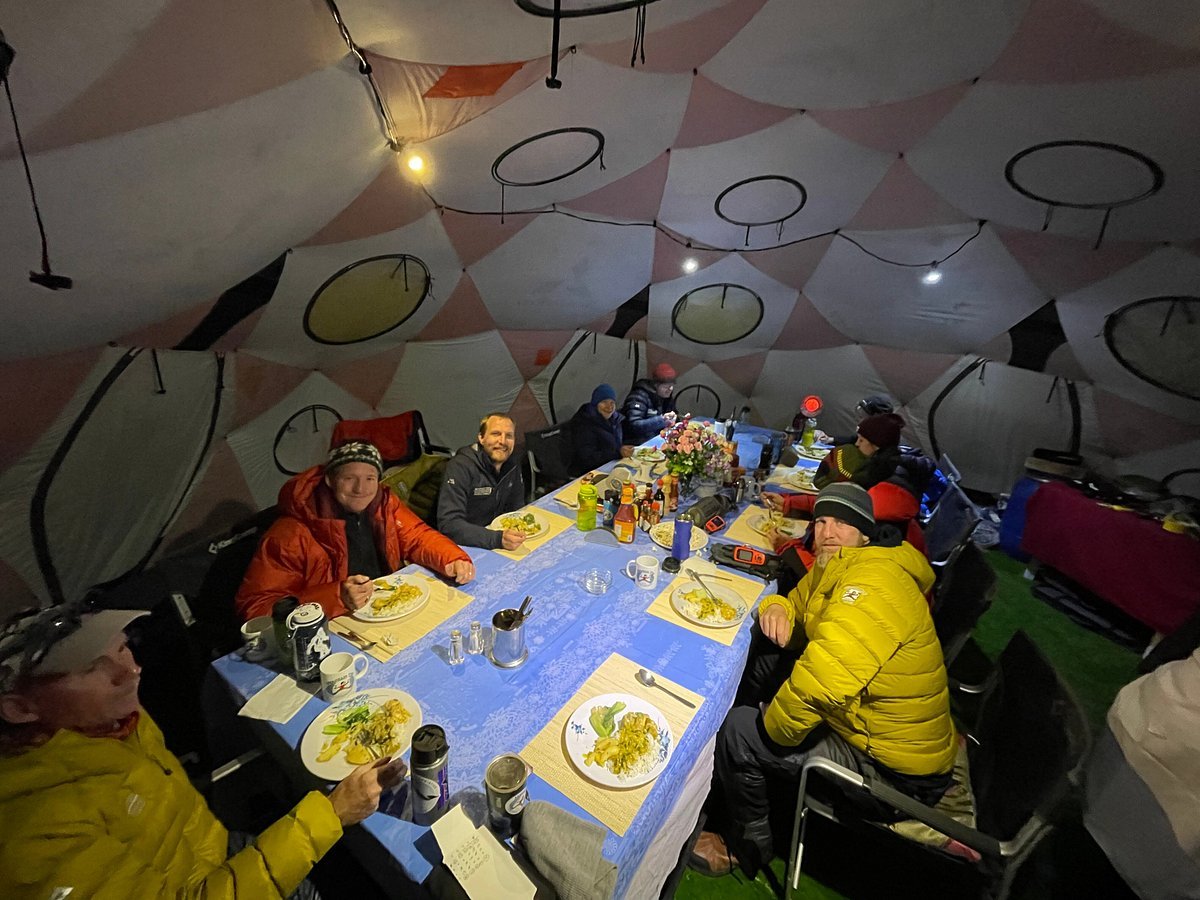

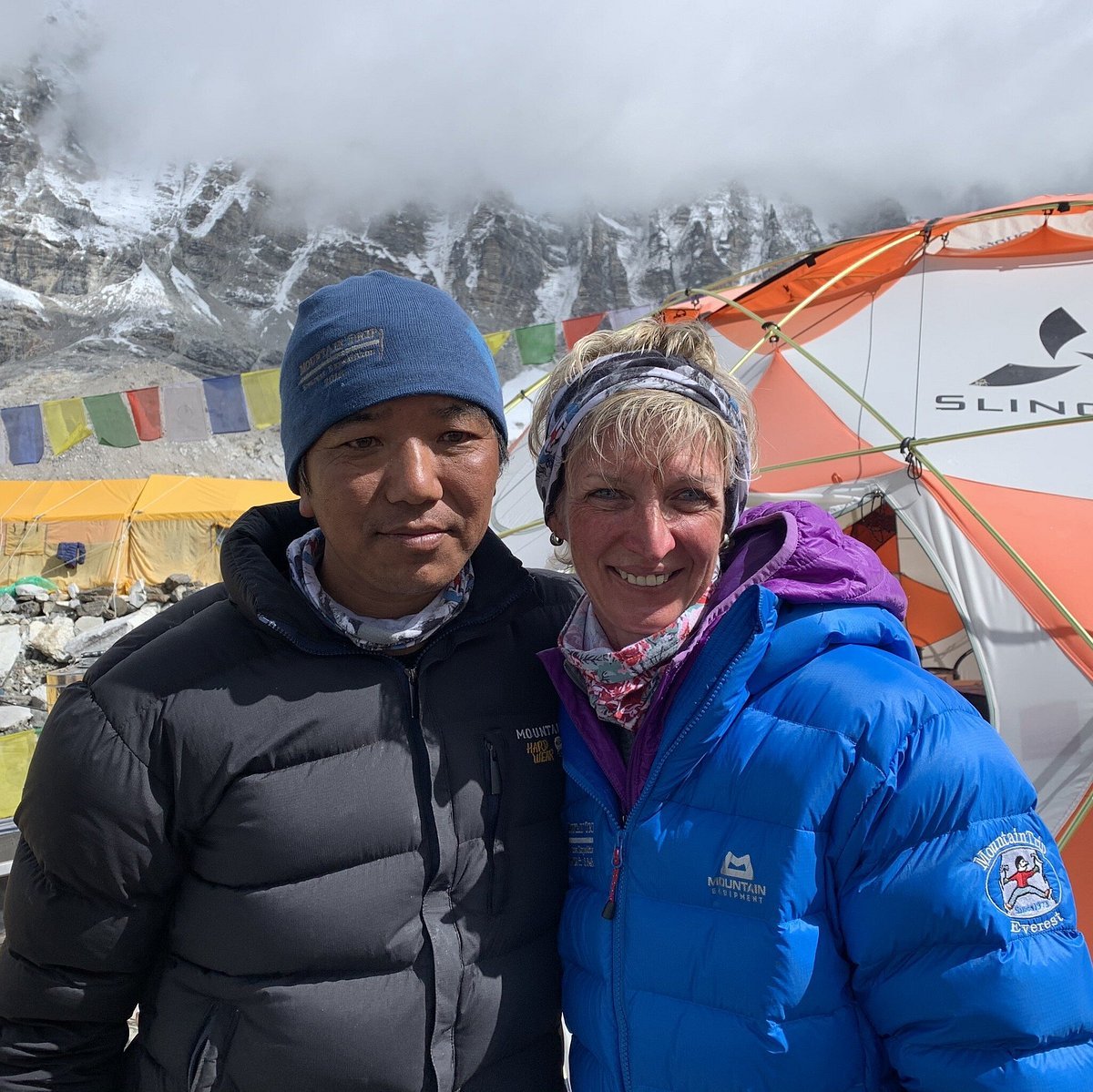

Peak fitness is essential. Train with hikes, carrying gear. Personal Sherpas are optional; porters handle group equipment. Individualized advice for mental and physical preparation is available.

Pre-expedition medical examination is recommended. Dental checks are crucial due to pressure changes at higher altitudes.

Prior high-altitude and mountaineering experience is required for eight-thousander expeditions. Training programs for newcomers are offered. For seven-and six-thousander expeditions, experience on four-thousander peaks is advisable.

Months of physical and mental preparation are necessary. Exercise, diet, and rest are key. Free world-class training programs for Everest climbers are available, along with exclusive discounts.

Months of training are required for fitness and technical climbing experience. Climbing lower peaks familiarizes climbers with equipment and terrain. Expedition training programs are offered in Europe and the US.

Climb lower peaks for altitude adaptation. Tailor-made programs prepare climbers for 8000er expeditions.

Expedition Himalaya, a veteran of Mount Everest and Himalayan expeditions, are poised to make climbing the Himalayan range a safe and unforgettable experience.
© 2024 Developed by Digital Raghu.